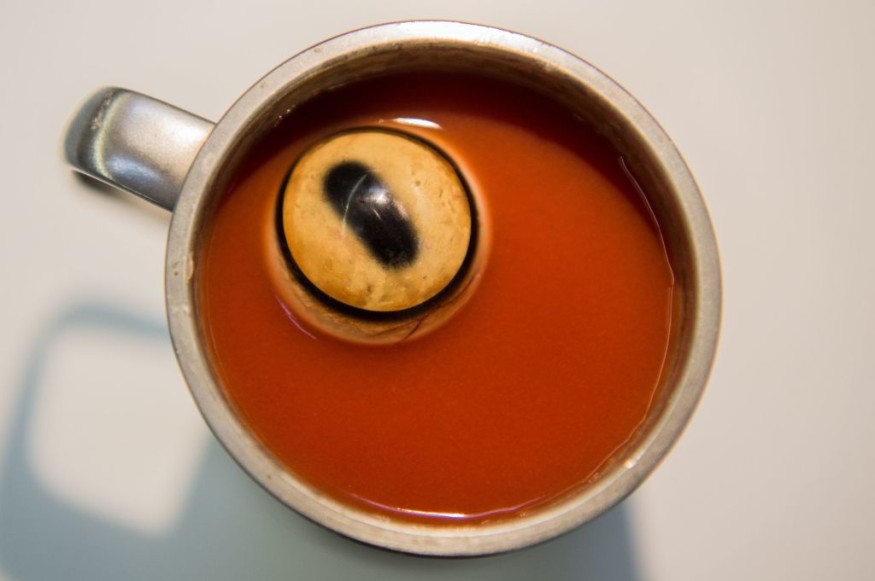A bioengineered cornea, made of collagen protein from a pig's skin, can restore eyesight to the blind and visually impaired, according to a pilot clinical study. Researchers from Sweden claim the bioengineered corneal tissue is for minimally invasive vision restoration for patients suffering from the disease keratoconus. The condition makes the cornea very thin, leading to potential blindness.
In an advanced surgical procedure, the pilot study's patients with advanced keratoconus had their cornea removed and replaced with the new cornea using surgical sutures. The modified cornea was a product of transforming its original state into an alternative human cornea, which can be used longer and withstand the mechanical forces during eye implantation and handling.
The altered cornea can be stored up to two years, compared to donated corneas that can last only within two weeks. The feat on eyesight restoration highlights the advancement in the field of bioengineering, particularly towards contributing to patients suffering from blindness and vision impairment. Apart from keratoconus, related cases worldwide are caused by various diseases and genetic factors.
Health authorities claim vision loss or impairment affects a large number of people globally. These conditions reportedly affect daily life and poses as a financial burden due to costs related to treatment and maintenance. In light of the pilot clinical research, succeeding studies could focus on the same approach or revolve around the topic of vision restoration, regardless of eyesight condition.
Bioengineered Cornea

In the new paper published in the journal Nature Biotechnology on Thursday, August 11, a team led by researchers from the Linkoping University in Sweden developed the bioengineered cornea which resembles the human cornea, which restored vision to 20 people.
The promising results reportedly give hope to individuals suffering from corneal blindness and low vision through a supplemented bioengineered implant, which serve as an alternative to donated human corneas.
Researchers from the LinkoCare Life Sciences AB research institute also contributed to the study.
Cornea Structure and Function
The cornea serves as the eye's protective outer layer, along with the sclera, which is the white part of our eye; serving as a barrier against germs and particles like dirt, according to WebMD.
The so-called oculus is also known for filtering out some of the ultraviolet light from the Sun.
However, blindness due to inherent biological conditions and sudden external damage to other parts of the eye are imminent, where the cornea is also susceptible.
Vision Impairment Cases
According to the World Health Organization (WHO), there are at least 2.2 billion people in the world living with either near or distance vision impairment. This low vision conditions are widely known as the "near sighted" and "far sighted" optical diagnosis.
The WHO outlines the following leading causes of vision impairment:
- cataract
- uncorrected refractive errors
- macular degeneration
- glaucoma
- diabetic retinopathy
- trachoma
- corneal opacity
Also causing economic impact, vision impairment has an annual cost of approximately hundreds of billions of USD due to productivity losses, the international health body adds.
© 2026 NatureWorldNews.com All rights reserved. Do not reproduce without permission.





